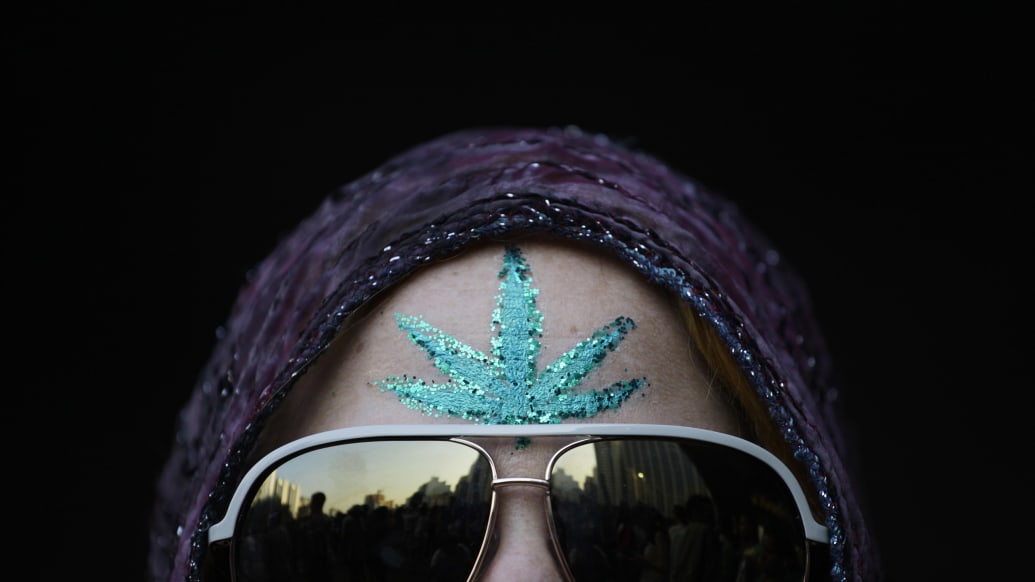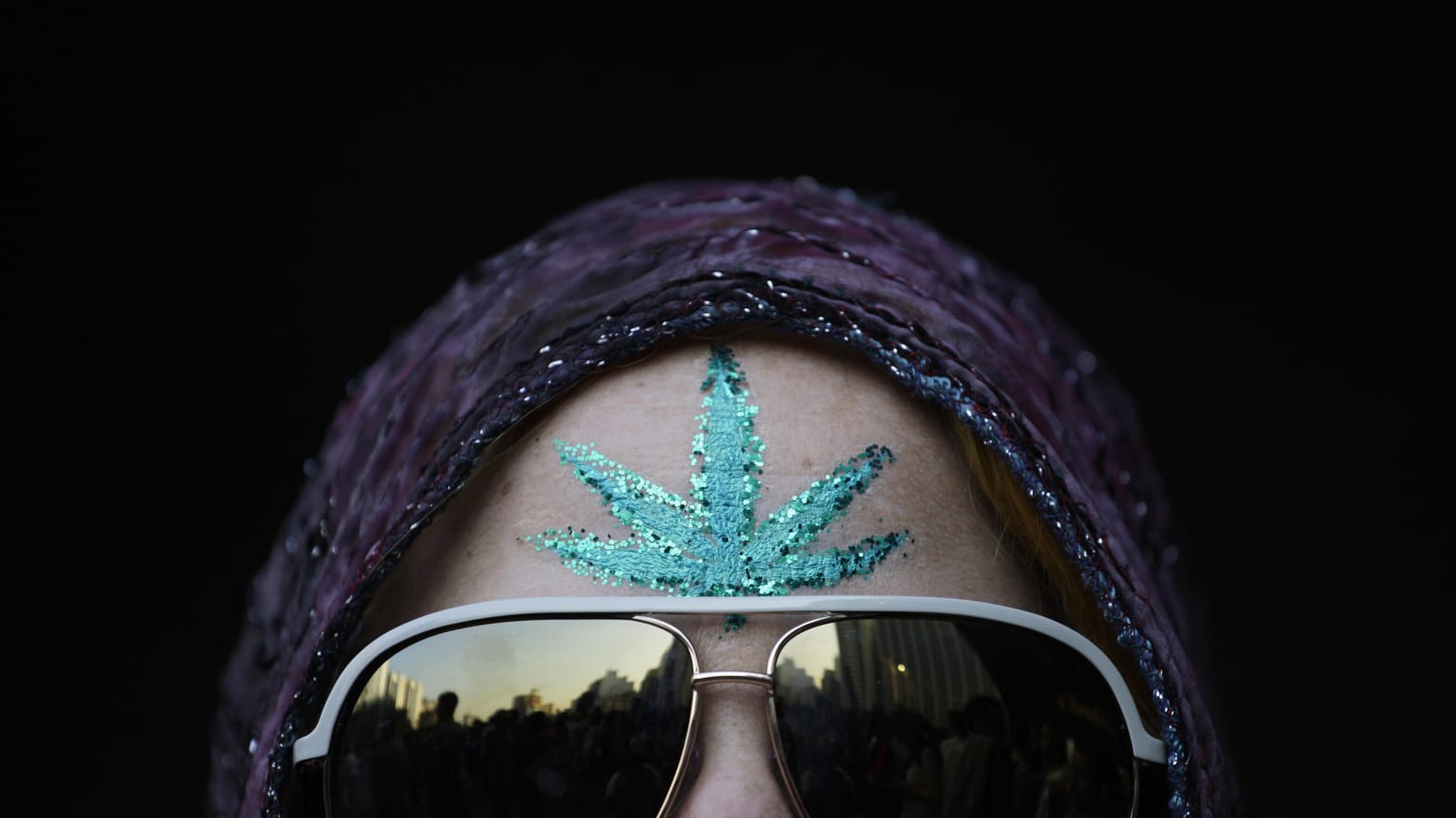I first learned about the environmental dangers of growing pot from an old outlaw. To reach his house, I had to rumble for an hour along a dirt road through the hills of Humboldt County, part of California’s Emerald Triangle, which has long been the heartland of America’s marijuana industry.

The outlaw had a long white beard and looked like an intense Willie Nelson. He was one of the hippies who had come to Humboldt decades earlier to live righteously and free and accidentally stumbled upon a lucrative way to make a living by farming weed.
The marijuana he grew, organically and under the sun, supported him and his “homestead,” a house he had built with his own hands from madrone wood and bricks he had cast himself.
The day I visited, the outlaw was teaching his grandson how to build something in a workshop next to his house, and his eyes flashed angry when he learned that a neighbor was running an indoor marijuana grow nearby with a diesel-powered generator.
Long before articles about pot-related environmental destruction started showing up on the front page of The New York Times, this man helped start a group called Grow It in the Sun. The group ran ads on the local radio and in Humboldt newspapers to try to encourage their fellow pot growers to unplug the lights and generators that powered their indoor grows and put their plants back out under the sun, “as nature intended.”
It was outlaw peer pressure.
What this environmentally conscious old-timer knew then is something that America is just now beginning to realize: that growing marijuana can be a dirty business. Not that there is anything inherently damaging about growing the plant itself, because there isn’t. It’s just that in its current murky legal state, marijuana is unregulated agriculture, and there are serious consequences when it is grown by people who don’t care about the environment, because the truth of the matter is that they don’t have to.
Up in the Humboldt Hills, there’s even a word for the kind of marijuana the careless and greedy grow. It’s called “pollution pot.”
A lot of pollution pot is being grown at the moment in California and elsewhere, as an influx of people enter the growing industry looking to make a quick buck. It’s been called the green rush, but greed rush might be a better term.
What this means in California is that some growers in rural areas are knocking down trees to create space for their crops and diverting water from local streams and rivers, which is damaging to fish. In the “trespass grows” on public land, some growers have been using rodenticides, which have proved fatal for rare forest creatures such as the fisher and the spotted owl.
To the uninitiated, the solution might be to just grow pot in a controlled environment indoors. But the carbon footprint of growing a plant under blazing bright lights is absurd. One 2011 study produced by a government scientist estimated that indoor pot growing sucks up an estimated 9 percent of all household electricity use in California. Nationally, he estimated that pot growing accounts for 2 percent of household electricity use, which is the dirty equivalent of an additional 3 million cars on our roads.

Then there are the pesticides. Pot grown indoors is more susceptible to spider mites and powdery mildew, so it requires more pesticides to kill these pests, something that marijuana smokers who care about what they put in their bodies might want to know about.
So what’s the solution?
As more and more states adopt medical laws, Colorado and Washington figure out what recreational use will look like, and a majority of Americans finally seem to be for full marijuana legalization, we need to start thinking about regulating how pot is grown along with the oversight of its sale and use.
What states need to do is begin regulating and certificating outdoor grows, just like wine grapes and other agricultural crops. Because whatever your feelings about marijuana use, Americans like to smoke it, more than any other county in the world, and all that pot that is grown here, pollution pot or organic, is supplying a market.
Sadly, as long as the federal government considers marijuana a Schedule 1 substance, on par with heroin, with no medical value whatsoever, it will continue cracking down, ensuring a thriving and dangerous black market. That obviously must change so states can figure out legalization for themselves.
As for the consumer, if you smoke pot medicinally or recreationally and you care about the environment and what you put in your body, it’s time to start asking how your pot is grown, just like your organic strawberries and your free-range eggs.
Meanwhile, back in Humboldt, a group of environmental pot growers have put out a “best-practices guide” in an attempt to encourage and educate others about how to grow pot in healthier ways, in accordance with the values of the hippie outlaws, the small farmers who started it all.
